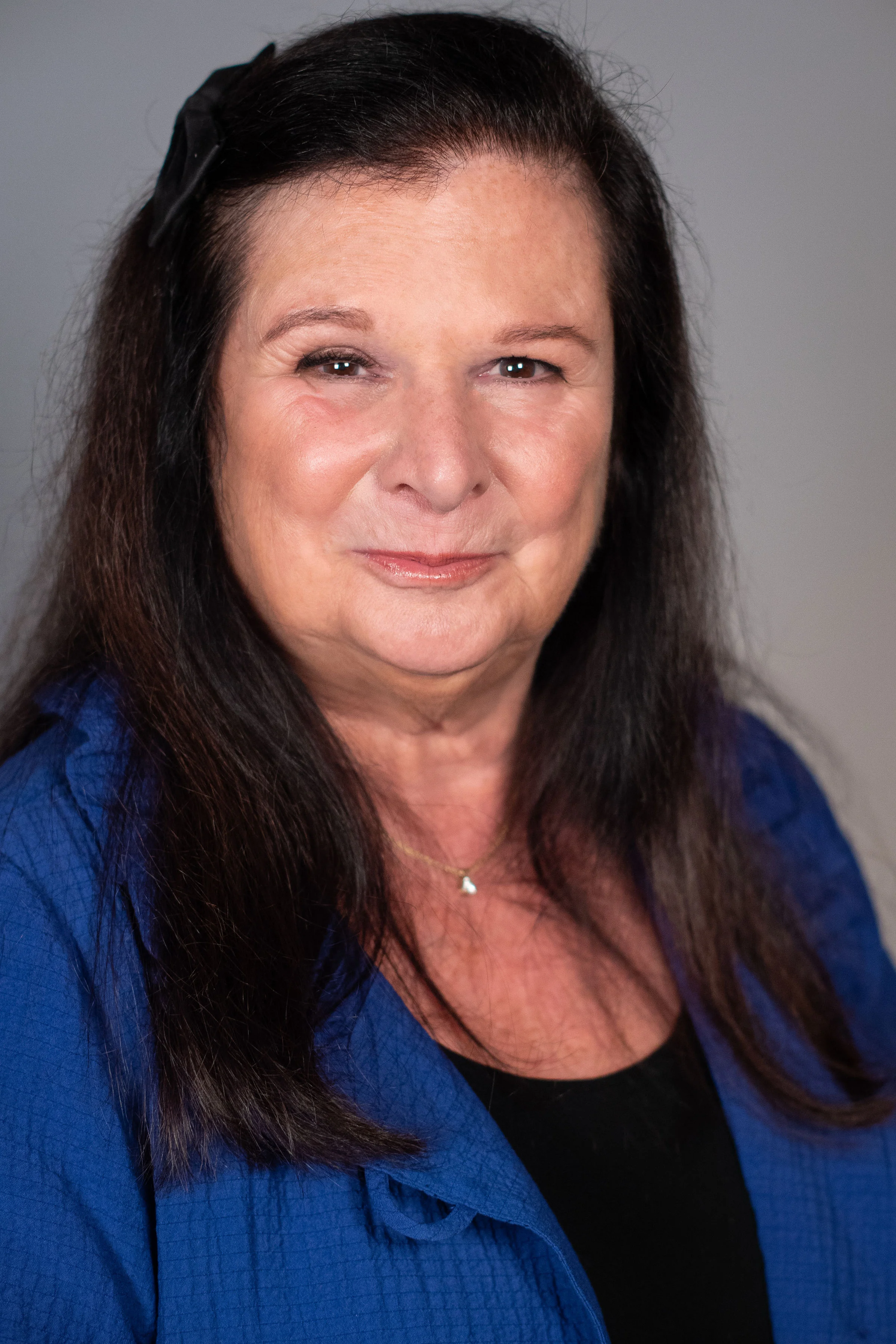THE JOURNEY
My original forays and explorations into the nature of mind led to an early interest in Buddhist philosophy and Japanese culture, which I was fortunate to pursue at Princeton University when it became co-educational in 1969. I contemplated an academic career but was more compelled by Buddhist practice than theory and ended up moving to Japan upon graduation to study Zen Buddhism, which I did in Kyoto in the early 70’s.From 1973 until 1978 I worked at the Institute of Religion and Psychology in Tokyo, a unique institution that was performing cutting edge research into the nature of the mind/body relationship. While there, I published my first major translation, a book by Dr. Hiroshi Motoyama entitled Science and the Evolution of Consciousness, and maintained a rigorous meditation practice that resulted in a series of extra-ordinary experiences. I also became explicitly aware of three previous incarnations and began to explore my deep history and the underlying meaning of karma and reincarnation.
I end-up moving back to New York in 1981, at the precise moment that the Japanese were moving onto the world stage. I was in the right place at the right time and became intimately and actively engaged in the cultural dialogue occurring between the two countries. I discovered that many of the artists I was working with, such as Philip Glass, Laurie Anderson, and Cindy Sherman, were working with consciousness in ways that I found very compelling. I started the company East West Communications in 1981 and produced scores of cultural events, primarily in the performing and visual arts, that highlighted interactions between the two hemispheres.
I became part of a group of artist/writers and Buddhist practitioners who founded Tricycle: The Buddhist Review, America's leading Buddhist magazine, in 1990. At Tricycle, as a board member and later the Executive Director of the Foundation, I was known for developing programs, like Change Your Mind Day and the Meditation Kit Prison Project, aimed at transmitting Buddhist ideas and the techniques of meditation and mindfulness to the general population.
I continued to translate and to write on contemporary Buddhist thought and Japanese culture. In 2002 I co-authored the New York Times bestseller Geisha, A Life with Mineko Iwasaki, which focuses on the hidden, closed society of the Gion Kobu geisha district in Kyoto, Japan. It is currently in print in 18 languages. I also translated 4 works with Seiyu Kiriyama, the leader of the radical Buddhist sect Agon-shu.
During my tenure at Tricycle I helped organize a ground-breaking conference (2007) on Buddhism and Psychoanalysis that was co-sponsored by the Tricycle Foundation, the New York University Postdoctoral Program in Psychotherapy and Psychoanalysis, and the Clinical Psychology Program, The New School for Social Research. The conference ignited my interest in healing and in Western psychology.
In 2007 I left Tricycle to enter a year-long Buddhist Chaplaincy Training Program given by the New York Zen Center for Contemplative Care. I had always been interested in ways that Buddhist practice can be used to alleviate suffering in the real world and was intrigued by the idea of becoming a contemplative caregiver. As part of my training, I began to volunteer in the Pastoral Care department of Beth Israel Medical Center.
The work was profoundly transformative for me personally and led directly to my desire to change careers. I received my Master of Social Work degree from New York University and became a licensed psychotherapist with a specific focus on the intersection of Buddhism, spirituality, and psychology. I then trained as a psychoanalyst at the William Alanson White Institute of Psychiatry, Psychoanalysis & Psychology in New York City, where I am currently on the Faculty and a Supervisor. I’m also a faculty member of the Contemplative Studies Project of New York City. I write on Buddhism and psychoanalysis and am in private practice in Greenwich Village.


